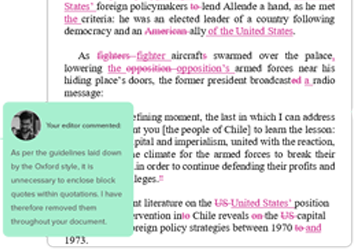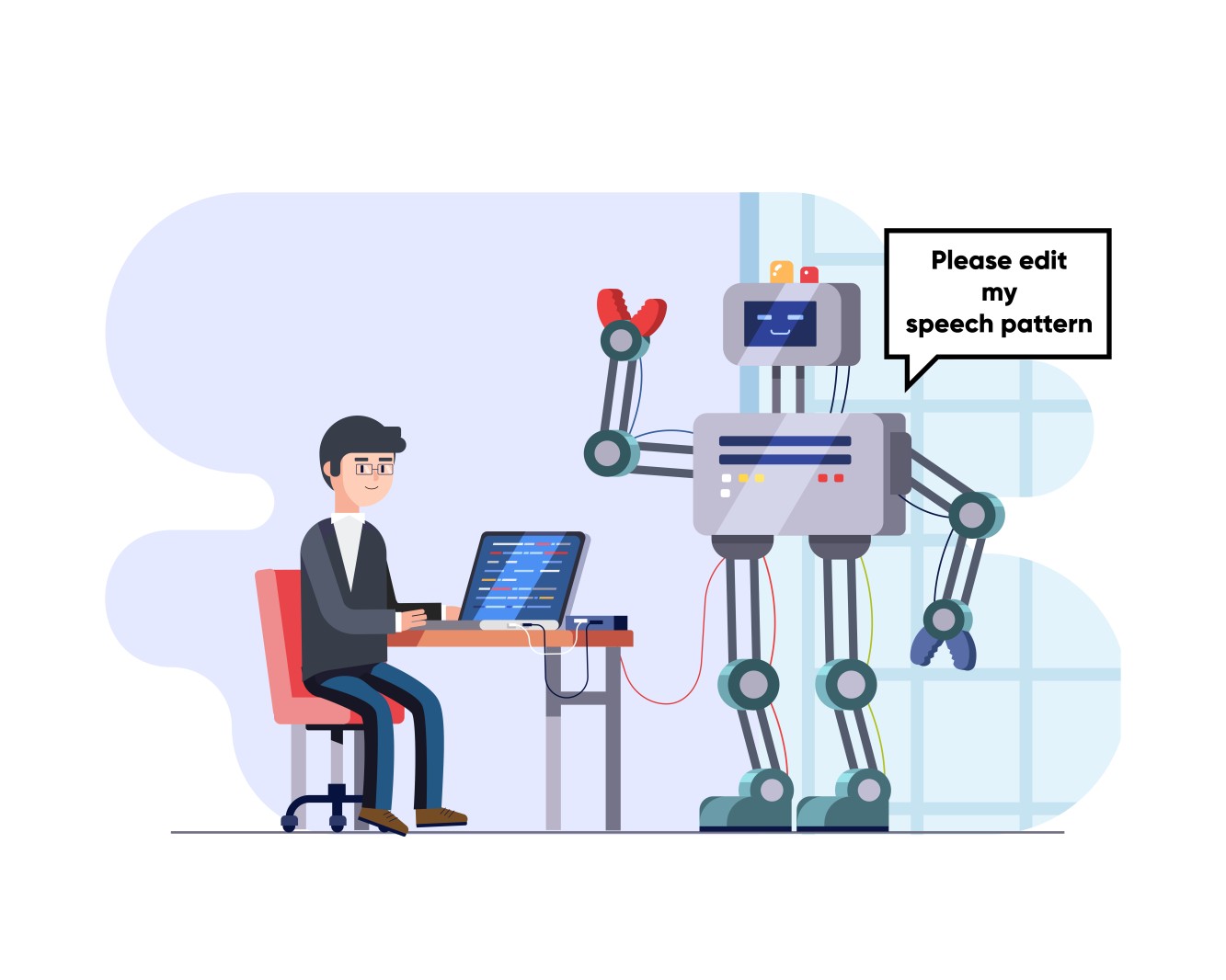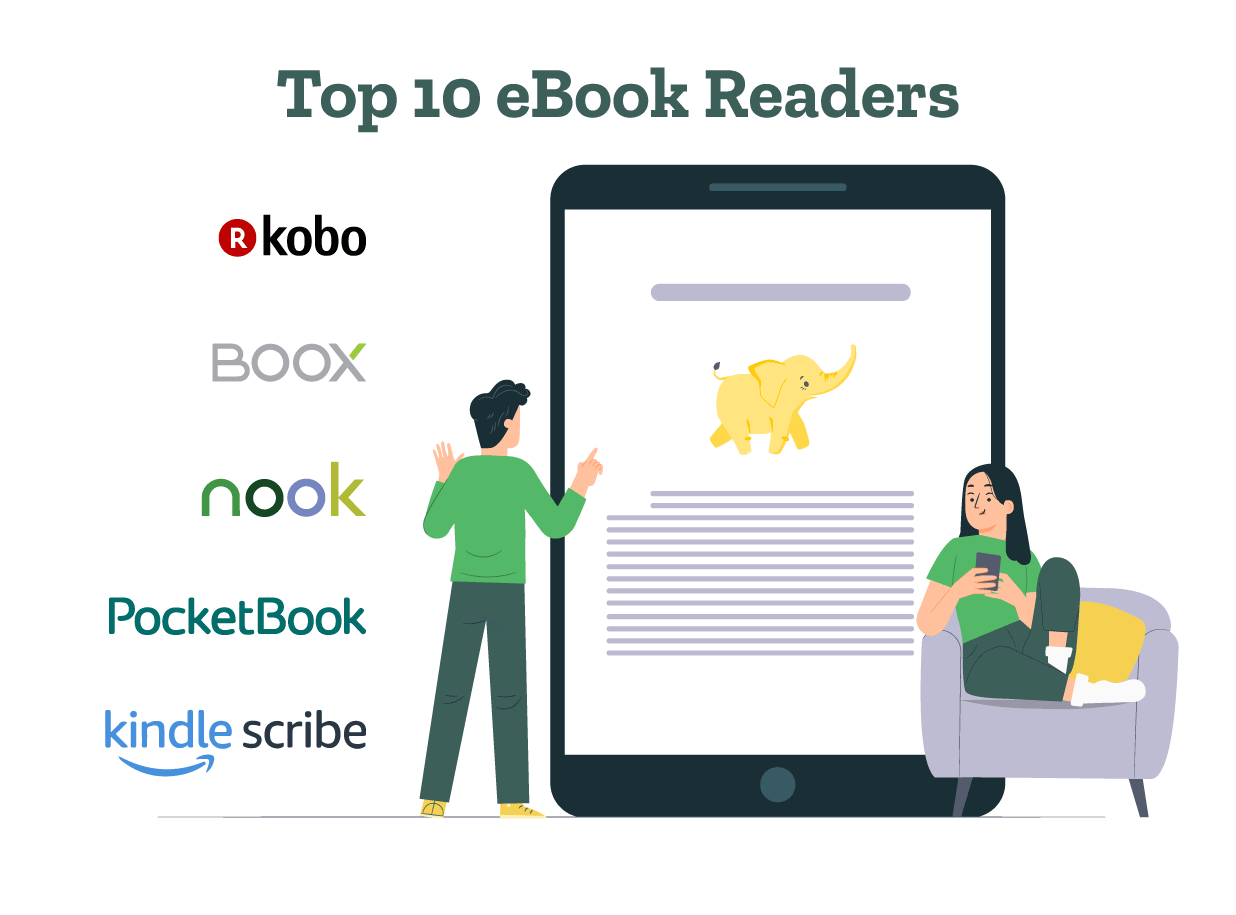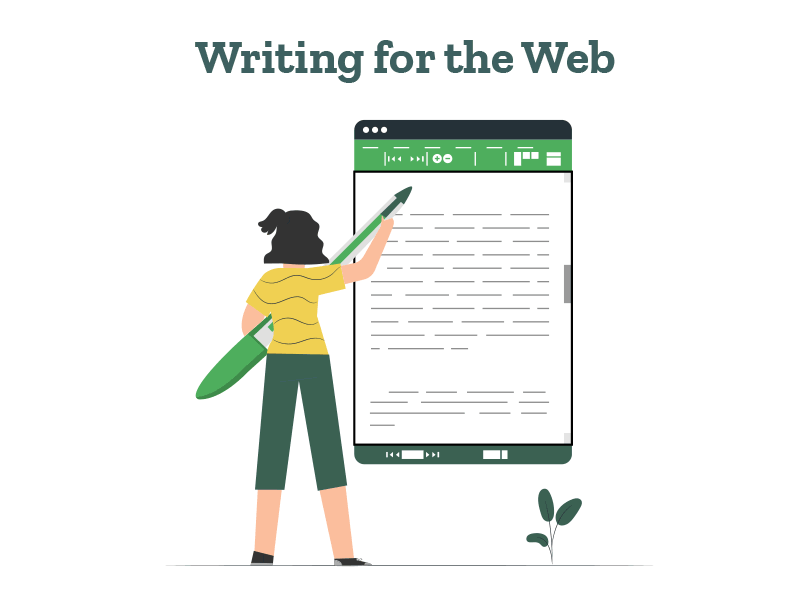Still have questions? Leave a comment

Checklist: Dissertation Proposal
Enter your email id to get the downloadable right in your inbox!

Examples: Edited Papers
Enter your email id to get the downloadable right in your inbox!
Need
Editing and
Proofreading Services?

How to Avoid Plagiarism in 2024 (10 Effective Strategies!)
 Jul 23, 2024
Jul 23, 2024 6
min read
6
min read
- Tags: Academic Writing, Language, Plagiarism, Writing Tips
Plagiarism is the act of presenting someone else’s ideas or words as your own without giving proper credit. It’s a serious academic offense that can lead to severe consequences. In this article, we’ll explain how to avoid plagiarism and suggest 10 strategies to avoid plagiarism.
We’ve also included many free tools that can help you avoid plagiarism while writing. So without delaying further, let’s dive into the details!
How to avoid plagiarism (10 strategies)
1. Cite all sources accurately
If you’re writing a thesis, dissertation, or research paper, use the given citation format (APA, MLA, Chicago, or other). Also, include in-text citations and cite the sources on the reference page as well.
For direct quotes, use quotation marks and include the exact wording from the original source. You can also use citation generators like Citation Machine, Zotero, and BibMe to generate accurate citations.
2. Paraphrase the content in your own words
Paraphrasing doesn’t mean only using synonyms of some words to make the text different. It involves understanding the main idea and changing the entire sentence structure. For example, if the sentence in the source starts with, “The person is…”, ensure that the sentence you use does not begin with, “The person is…”
Following are some ways to avoid plagiarism by paraphrasing:
-
-
- Combine related ideas in a single sentence or split a long sentence into two parts.
- Summarize important information and keep the most important idea.
- Use alternative phrasing by referring to the One Look dictionary at https://www.onelook.com. This dictionary can give you alternative phrasing after you describe the phrase you’re looking for.
-
If you’re having difficulty paraphrasing, you can use advanced AI paraphrasing tools like QuillBot, Paraphrase.io, WordAI, and SpinBot.
3. Understand the types of plagiarism
Plagiarism involves not only using others’ ideas but also reusing your own work without citing the original source. If you’re rearranging the order of sentences from a source or combining ideas from multiple texts to create a new work, it can also constitute plagiarism.
Knowing the various types of plagiarism like accidental plagiarism, patchwork plagiarism, self-plagiarism, and direct plagiarism will help to avoid plagiarism.
4. Use plagiarism checkers
You can select from some of the best plagiarism checkers like Duplichecker, Search Engine Reports, Copyleaks, Small SEO Tools, etc. These tools will identify and give a percentage of the plagiarized content, allowing you to rephrase it. The best part is- these tools are completely free!
5. Give your unique perspective
Consider how your personal experiences or expertise can contribute to the topic. Another method is to use your research to develop your arguments and give new perspectives rather than simply summarizing others’ ideas. Though these steps to avoid plagiarism take research and reflection, they are useful in the long run!
Also, when illustrating your points, use original examples or case studies that you have developed yourself. This can help you avoid over-reliance on the examples provided in your sources.
6. Use library resources and online academic resources
Libraries subscribe to a wide range of online databases that provide access to scholarly articles, journals, and other credible sources. You can use these resources to recheck the original author of a source to avoid plagiarism. JSTOR Open Access, Project Gutenberg, and Directory of Open Access Journals are some popular online libraries you can use.
You can also use academic research resources like PubMed and Google Scholar that credit the original authors. This will help in avoiding plagiarism.
Now let’s understand how can you avoid plagiarism by tracking and organizing sources!
7. Track and organize all sources
You can use reference management tools like Zotero, Mendeley, and Citavi Free (Windows) to organize references. Alternatively, you can create a separate folder of your references on your computer that has a list of references including the original author’s name, source name, date accessed, URL, and DOI (if any).
To avoid plagiarism you should also take notes on key ideas and include specific page numbers for references. You can use writing tools like Evernote, Google Docs, OneNote, Simplenote, or Zoho Notebook to take notes.
8. Recheck, proofread, and add/correct citations
To understand how can you prevent plagiarism, follow the steps given below:
-
-
-
- Read through your work to make sure that your language is easy to understand.
- Compare your in-text citations with your reference list to ensure that every source mentioned
- Double-check that any direct quotations are enclosed in quotation marks and that the source is properly cited.
-
-
Now let’s understand how to prevent plagiarism by effective communication with people belonging to the same field.
9. Engage in discussions
Participate in class discussions, online forums, or study groups to share your ideas and learn from others. Engaging in dialogue can help you refine your own perspective and generate new ideas for your writing.
10. Take feedback
Consult with your instructor, supervisor, or librarian if you have any doubts or questions about avoiding plagiarism or citation practices. You can also ask students or experts in the same field to resolve your doubts.
This concludes our guide about the steps to prevent plagiarism! You can bookmark this article to revisit these 10 tips about how to avoid plagiarism.
After understanding the ways to avoid plagiarism, select the relevant steps to prevent plagiarism, or if you want to save time, you can use PaperTrue’s plagiarism-checking services. Along with checking plagiarism, we also provide expert editing and proofreading services.
Do you have any other tips for avoiding plagiarism? Share any other strategies to prevent plagiarism in the comments section!
Here are some other useful resources for you:






